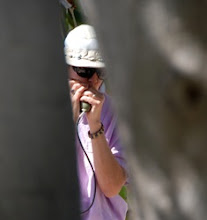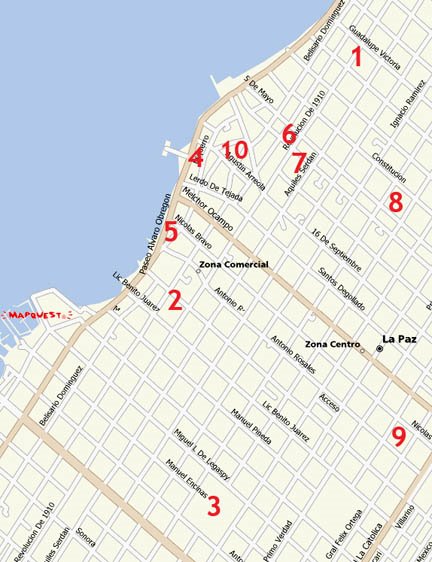 Creations as changeable as life, itself
Creations as changeable as life, itselfHis studio is the city beach of La Paz. He is an artist whose work disintegrates in weeks, to reemerge in another form. And so December’s nativity scene breaks down, becomes February’s pod of whales. This is art that ebbs and flows like the neighbouring tide.
Juan Guillermo Corvera Alemán likes his creations short-lived. That’s why he makes sculptures in sand. “Because it is like life, itself,” he tells me. “It’s of the earth, natural. I do not need to point to something on the wall and say, ‘This is my work.’ ”
Juan’s path to La Paz has been a journey of unforeseen twists. Born in Mexico City, the 28-year-old earned a degree in law. He was halfway through a second degree, this time anthropology, when he decided life wasn’t going the way he wanted. That led to five years of travelling around Mexico.
He was walking down the Malecón in Puerto Vallarta when he saw the sand sculptures of José Gonzales. Juan had no background in art. But he persuaded the sculptor to take him on as a student. Puerto Vallarta is also where Juan met his partner Alma, 26. She’s trained as an architect.
Since then, the two have travelled together. Juan creates sand sculptures, Alma makes jewelry. They live on the contents of donation boxes for Juan’s sculptures and from the sale of Alma’s jewelry and handicrafts.
Is it enough to cover living expenses? “Some days yes, some days no,” Juan says. I pass by every few days to watch his progress and to talk. Our conversation is in Spanish, which I’ve translated and summarized.
Today Juan gives me a tour. He is finishing a pyramid of figures wrapped around one another, arms stretched upwards, individual features obscured. It’s called Almas (Souls), the same as his partner’s name.
Then there is La Cara (the face) with its gaping mouth. Is the expression fear? Amazement? Death?
Nearby, a cluster of men and women hug one another, their faces dreamy, peaceful. Juan calls this Union de los Pueblos por Medio del Fuego y la Medicina (Villages united by fire and medicine). He says if you look closely, you can see the seven parts of the peyote plant.
And here is a humongous hand, index finger pointing up. Like many of the other pieces, this sculpture reaches skyward. Are most of your themes spiritual, I ask? Is the finger pointing toward God? Not exactly, he says. It’s pointing to “la grandeza” (grandness or magnificance). Yes, the themes are spiritual, but he shies away from the label of God.
Juan and Alma arrived in La Paz a few months ago. Donations are not as generous here as on the mainland, but Juan says it’s peaceful and people are good. They decided this would be the place for Alma to have their first baby, due near the end of February.
A child will change life for you, I say. And you will need more money. The work of a lawyer or architect is more secure, more lucrative. Maybe that wouldn’t be so bad? Juan clutches his throat. “Esclavos,” I think he says. Esclavo means "slave."
So he’ll continue his work as a sculptor of sand? “Ojalá (god willing),” he says. The plan is to work their way up the Baja peninsula as soon as Alma and the baby can travel. Juan’s idea is to “sell” sand sculptures to businesses along the way. He will try to interest hotels in hiring him to create pieces on a particular theme to promote events and festivals – sand sculptures for a tour of bikers, for example.
Juan has created a sand version of La Pieta. He has given the Virgin Mary a Mexican face. In fact, she looks a lot like his partner Alma. The sculptor says he chose La Pieta because he admires Michelangelo’s work. And because he is hoping that the Catholic passersby will be moved to be a little more generous with their donations.
This week Juan finished his latest sculpture: It's a moon, a baby, and a large sheltering hand. The creation honours his new baby daughter, born around the time of the February full moon. Her name is Luna.



